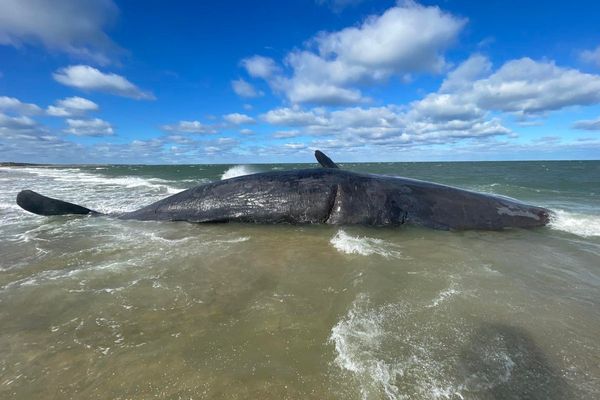
Current U.S.-Taiwan relations are guided by the 1979 Taiwan Relations Act (TRA), which requires the United States President and Congress to determine appropriate action should the security of Taiwan be threatened. However, there is no clarity on the kind of action the U.S. should take to uphold Taiwan’s security. Hence, the U.S. position on defending Taiwan in the event of an attack is often referred to as “strategic ambiguity.”
China’s unabated and increasingly bellicose rhetoric and military actions have shaken this tenuous status quo, leading to calls in U.S. defense policy circles to jettison strategic ambiguity on Taiwan. In order to impose credible deterrence across the Taiwan Strait, proponents of what some are calling “strategic clarity” are pushing for the United States to commit to military intervention in the case of a Chinese invasion.
But other scholars argue that extending an unconditional security commitment to Taiwan could pressure China to invade, potentially forcing Xi’s hand.
Those who think that an ironclad security guarantee would escalate tensions have a point. President Xi Jinping has made defending Chinese sovereignty claims a central feature of his high profile speeches. Though there is much unknown, if a U.S. military commitment would indeed provoke Beijing, this would endanger Taiwan. Abiding by strategic ambiguity, which till now has kept the peace and maintained the status quo, is prudent.
But despite the well-deserved praise for the TRA, the partnership between Taiwan and the U.S. did not account for the China we are seeing today. As Richard Haas and David Sacks discuss in American Support for Taiwan Must be Unambiguous, strategic ambiguity has been a brilliant strategy for the past few decades, but it is unlikely to remain successful in the future. Unlike forty years ago, the People’s Liberation Army (PLA) can boast of a powerful, modern military, surpassing the U.S. in some critical aspects. Strategic ambiguity is not stopping the PLA from being increasingly hostile towards Taiwan.
Recent PLA incursions into Taiwan’s air defense identification zone portend to occur more frequently as the U.S. and Taiwan draw closer. This fighter jet activity, which previously had not systematically encroached on Taiwan’s air space, should not be dismissed as harmless bluster. An accident or misfire is all it may take to spark what would be one of the most dangerous wars of the 21st Century. Beyond the humanitarian catastrophe, if China were to establish a beachhead on Taiwan, it would form the base for regional hegemony, threatening the entire Asia-Pacific.
Even if strategic clarity is too volatile and politically infeasible, this should not stop the U.S. from treating the defense of Taiwan with a greater sense of urgency. China’s abnormally aggressive provocations have come even when the Tsai Ing-wen administration has steered a cautious course in its foreign policy. While President Tsai has attempted to strengthen the U.S.-Taiwan relationship, she has never attempted anything that would fundamentally change the status quo. Regardless of Tsai’s assiduous efforts at forestalling a crisis, China’s growing military power has altered cross-strait dynamics. The U.S. still treats Taiwan as if China were still the isolated, poor, and militarily weak country it was in the early Reform and Opening period.
There is no clear evidence of an imminent Chinese invasion of Taiwan. But what happens if China continues to threaten Taiwan and the Asia-Pacific region? When will it be too late to revise U.S. policy towards Taiwan? Maintaining the status quo of ambiguity has its attractions, but a stronger U.S. commitment to Taiwan, approaching but not at the level of a security guarantee, is a goal policy makers ought to pursue.
READ NEXT: In US-China Conflict, What Is the End Game for Taiwan?
TNL Editor: Nicholas Haggerty, Daphne K. Lee (@thenewslensintl)
If you enjoyed this article and want to receive more story updates in your news feed, please be sure to follow our Facebook.







